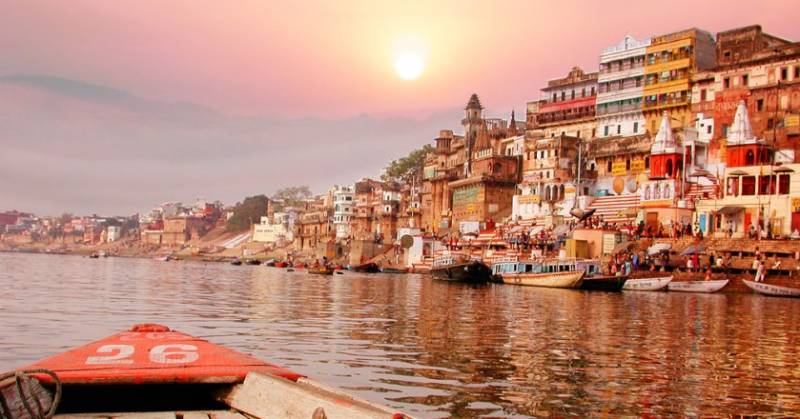For centuries, river networks used to be the main channels of inland trade, and even today, inland waterways continue to remain popular in many parts of the world.
Long before the seas were conquered by the Vikings and the Spanish explorers, rivers were the channels that opened up new lands for trade and commerce. Over millennia, entire civilisations have flourished and withered on river banks. Even today, rivers such as the Thames, Brahmaputra, Mississippi, Nile, Yangtze, Rhine, Danube, Amazon and Ganga form inland waterway networks that support millions of businesses and move billions of tonnes of cargo.
There are of course pros and cons of transporting cargo over inland waterways. Often, river transport via barges can be cost effective: one single 600 tonne barge can move the equivalent of 24 mid-sized truck loads.
Although speeds on water are slower, barges can transport bigger loads and hence, deliver economies of scale. The other advantage is that freight on inland waterways is a less obtrusive option with less noise and visual impact. In contrast, river pollution is a factor that has to be managed sustainably. The other big challenges lie in the fact that inland waterways often have seasonal flows, thus restricting navigability.
Read more: http://compassdigimag.com/2016/october/industrytrends2.html






